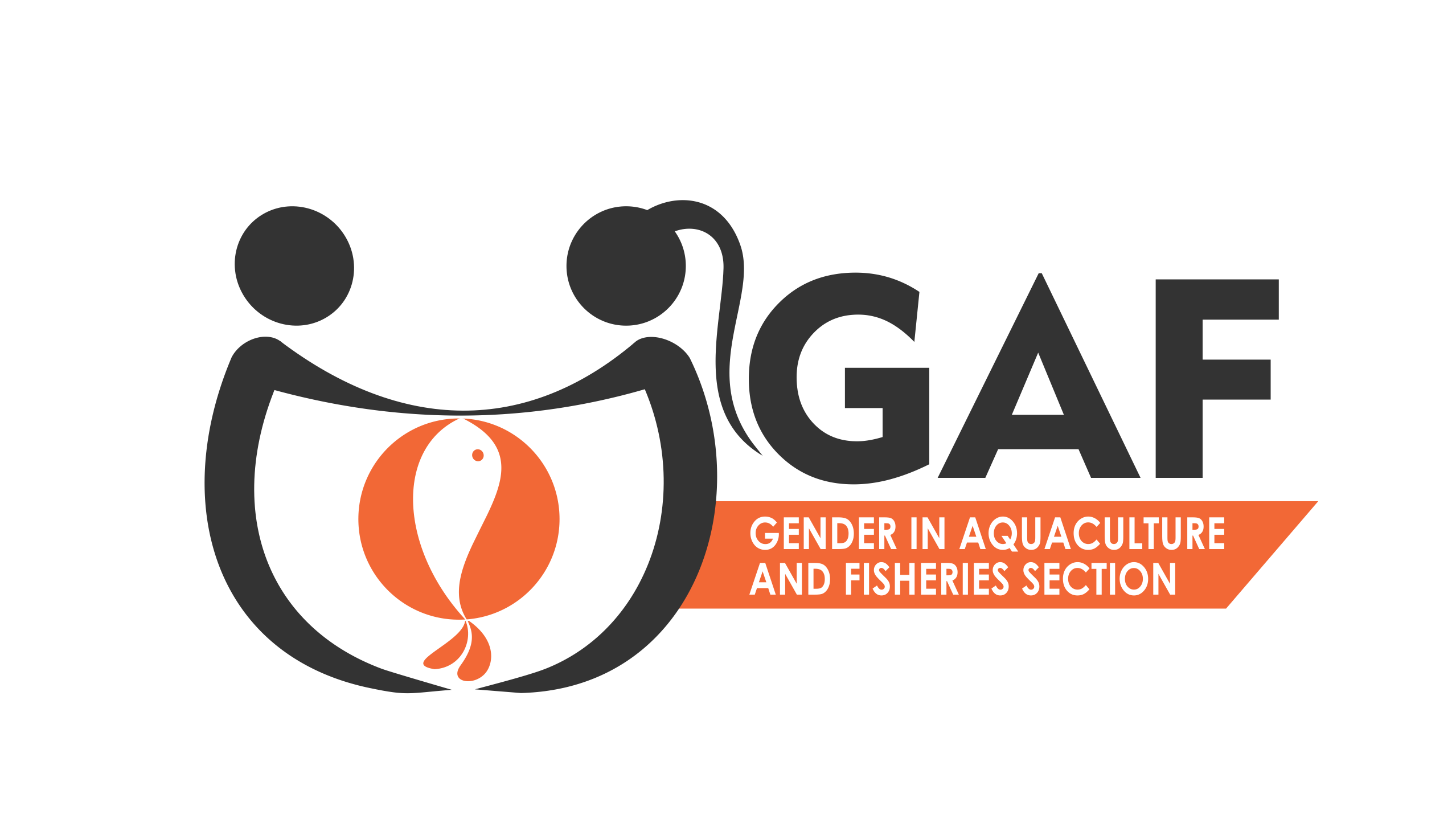Physical strength, toughness, and endurance. These are some of the most common bodily attributes associated with men. These attributes play an important role in defining whether one is a fisher or not, as these masculinity expressions are generally present in fishing. Therefore, people who do not participate in harvesting (fishing) and who do not reflect these characteristics, such as women, are not usually considered part of the sector, even when according to official data, they make up half of the fisheries workforce worldwide, when pre- and post-production activities are also considered (World Bank 2012; FAO 2020).
Gender cultures also continue to limit economic and educational opportunities for women, leading to the marginalization of women in decision-making (Castañeda Camey et al. 2020). The involvement of women in fisheries decision-making, in addition to being a human rights issue, is crucial for the sustainability of resources, because when they participate as cooperative leaders they have become active promoters of good practices (Torre et al. 2019).
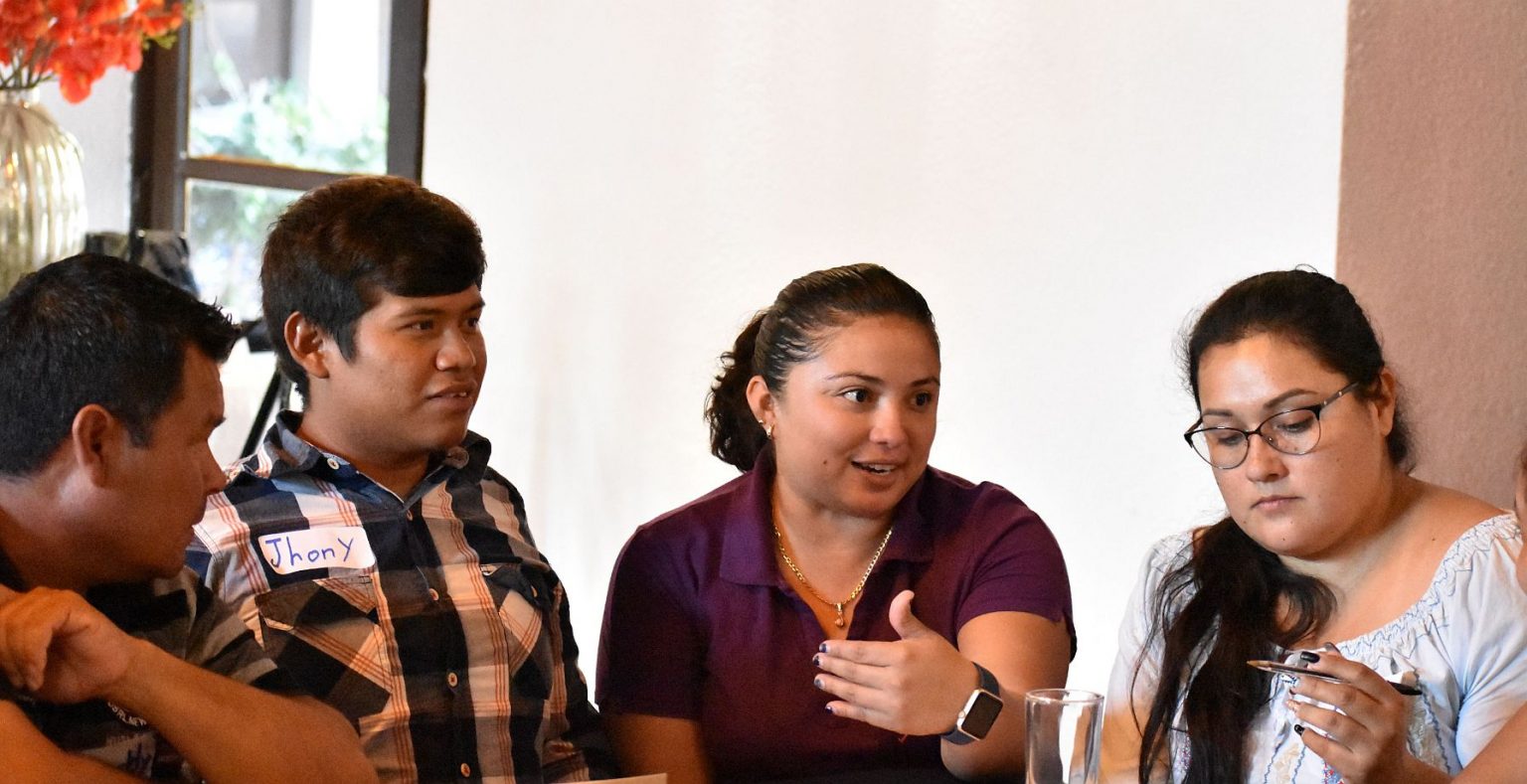
“I do not fish, I am not part of the fishery.” This and other phrases are commonly heard by women workers in the fishing sector. Considering “fishing” as a synonym of “fishery” means building a limited vision of fishing systems. It means ignoring, making invisible and not recognizing the contribution of women to fishing value networks (Solano et al. 2021). Gender inequalities associated with access to fisheries and participation in decision-making are largely due to the cultural construction that the world of fishing belongs to men, which legitimizes male privilege through the expression of their masculinities.
Reluctant traditional masculinity, flexible traditional masculinity, transitional masculinity, and apprentice masculinity are four types of expressions of masculinity that have been identified in Mexican fisheries (Salguero et al. 2022). These expressions are present in the social imaginary shared by men and women in each region. Together, both genders reinforce the stereotypes imposed on men or women who belong in the fishing sector.
Masculinities are part of the institutional structures that can limit the participation of women in leadership positions. For example, reluctant traditional masculinities (men over 50 years old) have a marked gender division of labor. Men who correspond to this type of masculinity consider work as a gendered space, with their positions being gained through time and effort (Salguero et al. 2022), therefore, there is no space left for women to participate along the fishing value networks.
On the other hand, the flexible traditional masculinities (40 – 50 years old), have a more relaxed gender division of labor, due to the fact that different external factors have pushed women into production. However, although they collaborate in fisheries, women only participate in activities that, from the perspective of these masculinities, are perceived as appropriate for women (e.g. product processing or administration).
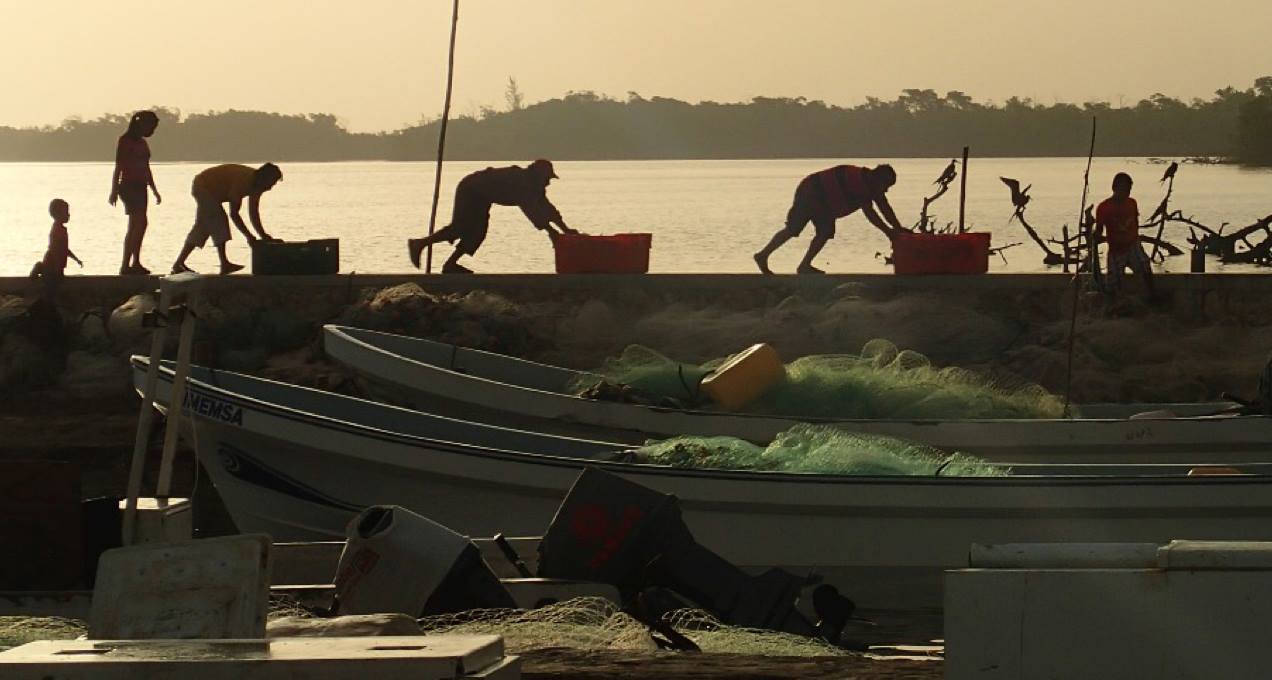
While there is a widely generalized culture of toxic masculinity in fishing communities (Siles et al. 2019), different expressions of masculinity can be found, determined by their geographic, cultural, and time contexts (Gustavsson and Riley, 2019). This is reflected in the younger generations of fishermen (30-40 years old), who are more open to the contributions of women in fisheries, even perceiving them as colleagues. These masculinities are framed as transitional masculinity.
“… I have never had problems with women participation. In fact, in this case, women divers are my partners because we also took the diving trainings, and we automatically became partners. I have dived with them. To me, it is really cool that they are involved in some way.” (Mexican North Pacific fisherman).
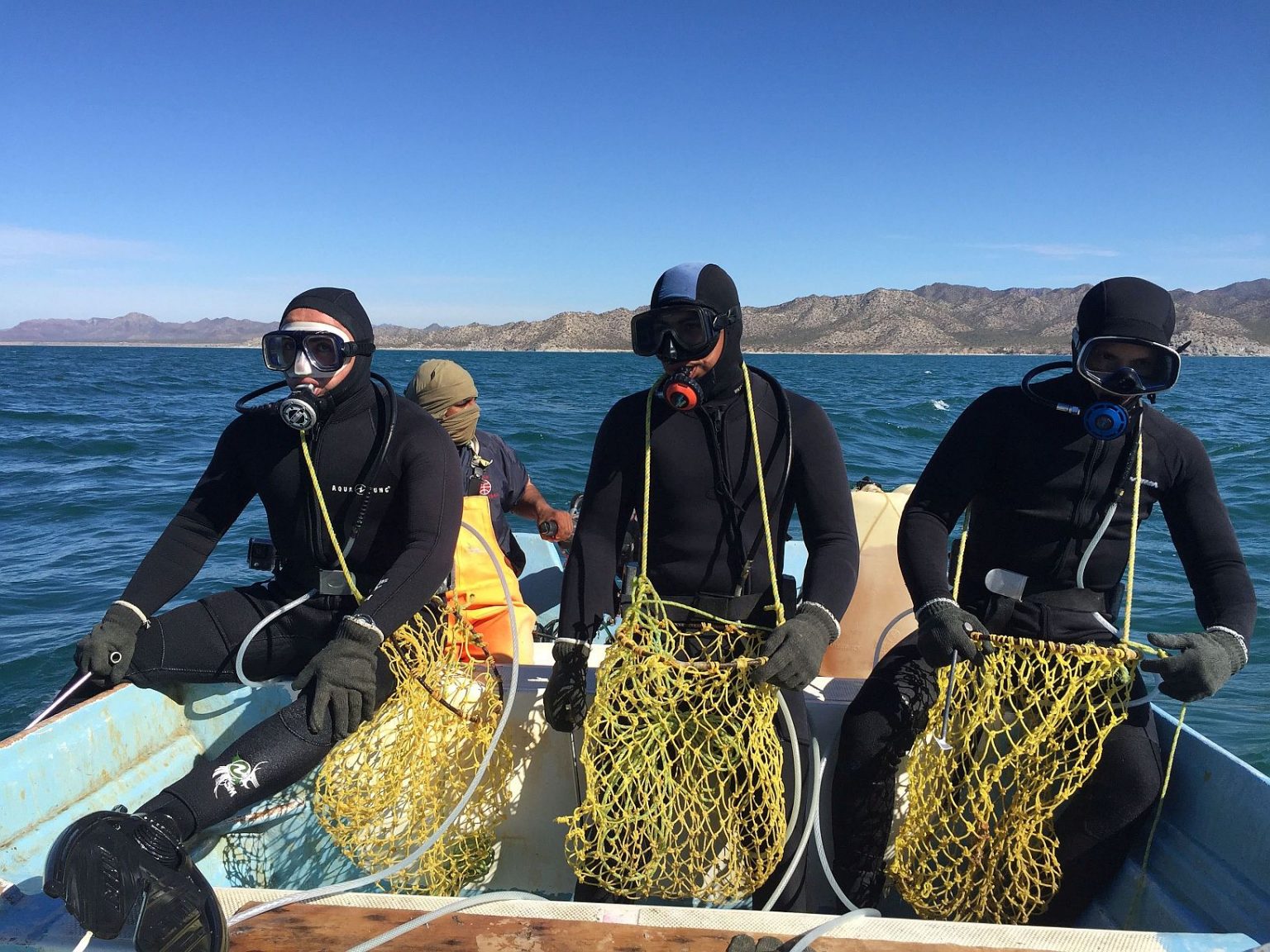
According to Hopkins and Gorman-Murray (2014), the masculinities are dynamic, ever-changing, and can be redefined and reworked over time by sociocultural and structural changes in fishery organizations. An example of this is the fourth expression of masculinity: apprentice masculinity. This type of masculinity is present in young people between 20 and 30 years old who have recently entered the fishing industry as workers. They are named as “apprentices” because they are in a process of training as fishermen; therefore, the type of masculinity they will express in the future will largely depend on the masculinity exercised by their mentors (Salguero et al. 2022).
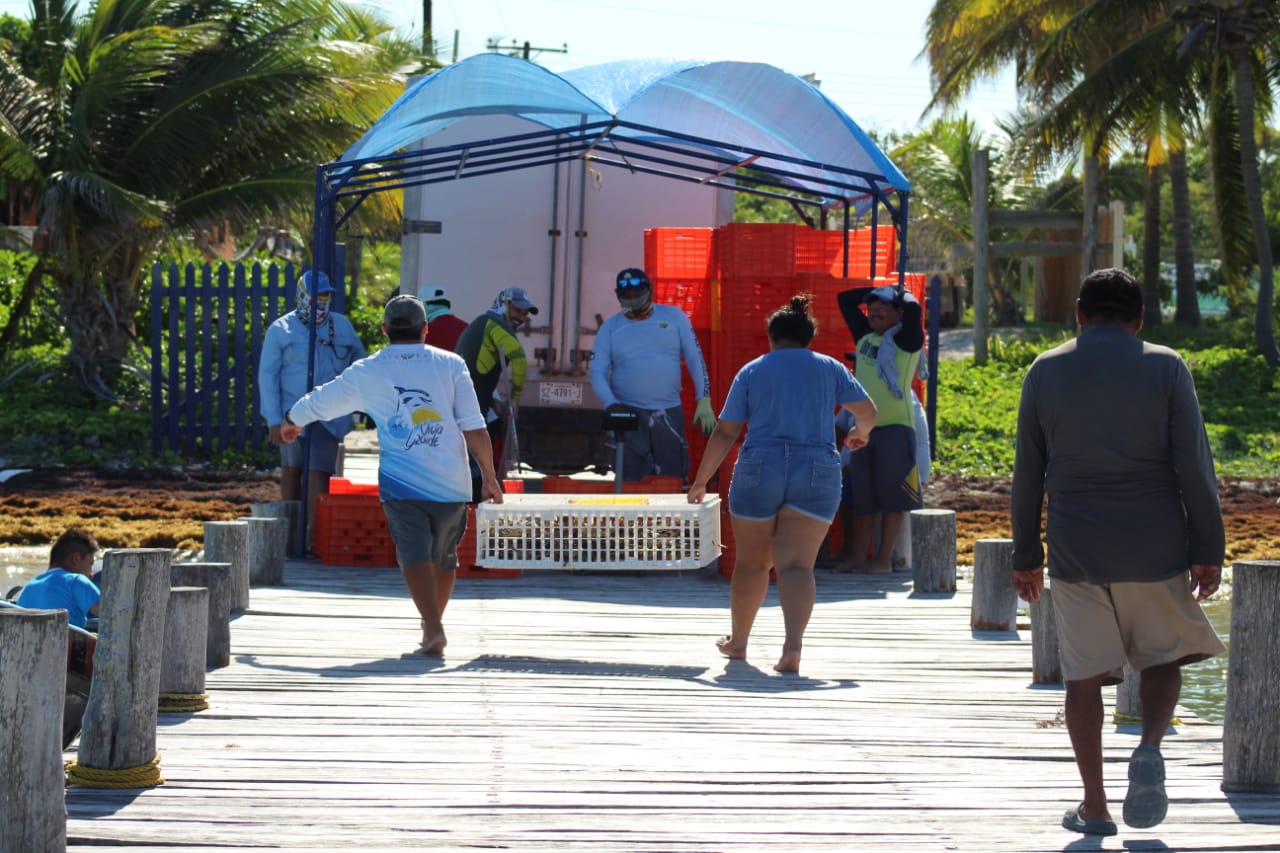
Apprentice masculinities represent an opportunity to break down the barriers of gender inequality. Working with young people in the fishing sector through reflective processes on their masculinities will allow moving towards more egalitarian fishing practices in which men and women have the same opportunities for development. The elaboration of strategies for gender equality in fisheries cannot be the responsibility of women solely. It must be a permanent process with actions that involve both genders.
This story is based on the research published in Maritime Studies, referenced below.
Salguero-Velázquez, A., Solano, N., Fernandez-Rivera Melo, F.J. et al. Characterization of masculinity expressions and their influence on the participation of women in Mexican small-scale fisheries. Maritime Studies (2022). https://doi.org/10.1007/s40152-022-00276-z
REFERENCES
Castañeda, Camey, Laura Sabater, Cate Owren, and A. Emmett Boyer Jamie Wen. 2020. Gender-based violence and environ- ment linkages: The violence of inequality. IUCN. https://porta ls.iucn.org/library/sites/library/files/documents/2020-002-En. pdf. Accessed January 11 2021.
FAO. 2020. The State of World Fisheries and Aquaculture 2020. Sustainability in action. Rome: Food and Agriculture Organiza- tion of the United Nations.
Gustavsson, Madeleine, and Mark Riley. 2018. Women, capitals and fishing lives: Exploring gendered dynamics in the Llŷn Penin- sula small-scale fishery (Wales, UK)”. Maritime Studies. https:// doi.org/10.1007/s40152-018-0102-z.
Hopkins, Peter and Andrew Gorman-Murray. 2014. Introduction: masculinities and place. In Masculinities and place, ed. Andrew Gorman-Murray y Peter Hopkins, 1–12. London: Ashgate.
Siles, Jackeline, Maria Prebble, Jamie Wen, Corinne Hart, and Heidi Schuttenberg. 2019. Advancing gender in the environ- ment: gender in fisheries – a sea of opportunities. IUCN library system. https://portals.iucn.org/library/node/48558. Accesado 8 noviembre 2020.
Solano, Neyra, Inés, Lopez-Ercilla, Francisco, Fernandez-Rivera Melo, and Jorge, Torre. 2021. Unveiling Women’s Roles and Inclusion in Mexican Small-Scale Fisheries (SSF). Frontiers Marine in Science. https://doi.org/10.3389/fmars.2020.617965.
Torre, Jorge, Arturo, Hernandez-Velasco, Francisco, Fernandez Rivera-Melo, Jaime, Lopez. 2019. Women’s empowerment, collective actions, and sustainable fisheries: lessons from Mexico. Maritime Studies. https://doi.org/10.1007/ s40152-019-00153-2
World Bank. 2012. Hidden harvest: The global contribution of capture fisheries. Washington DC: The World Bank.
This entry was posted in: Gender, Labour, Men, Women
